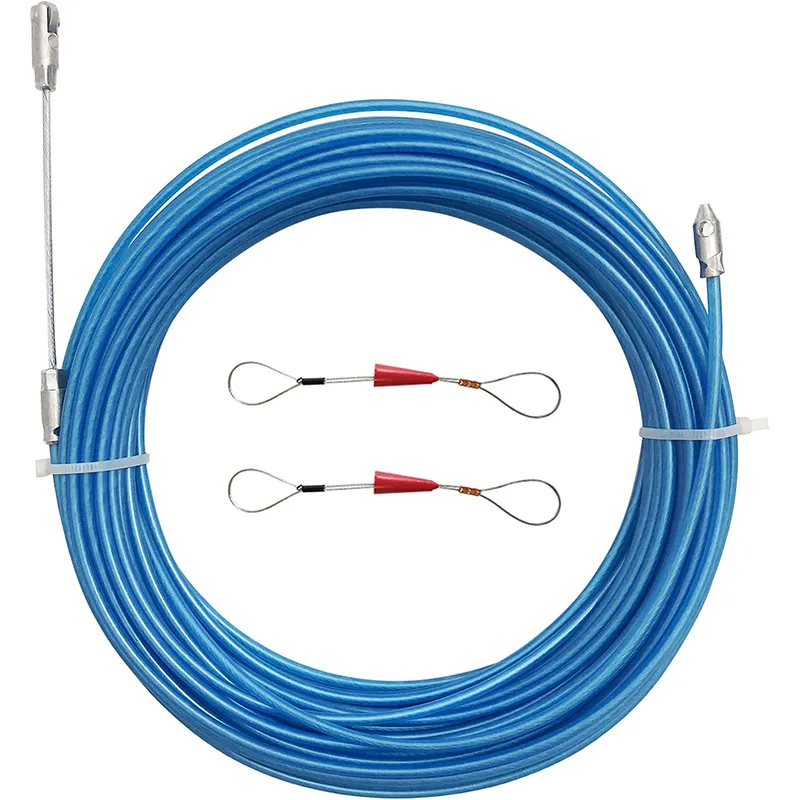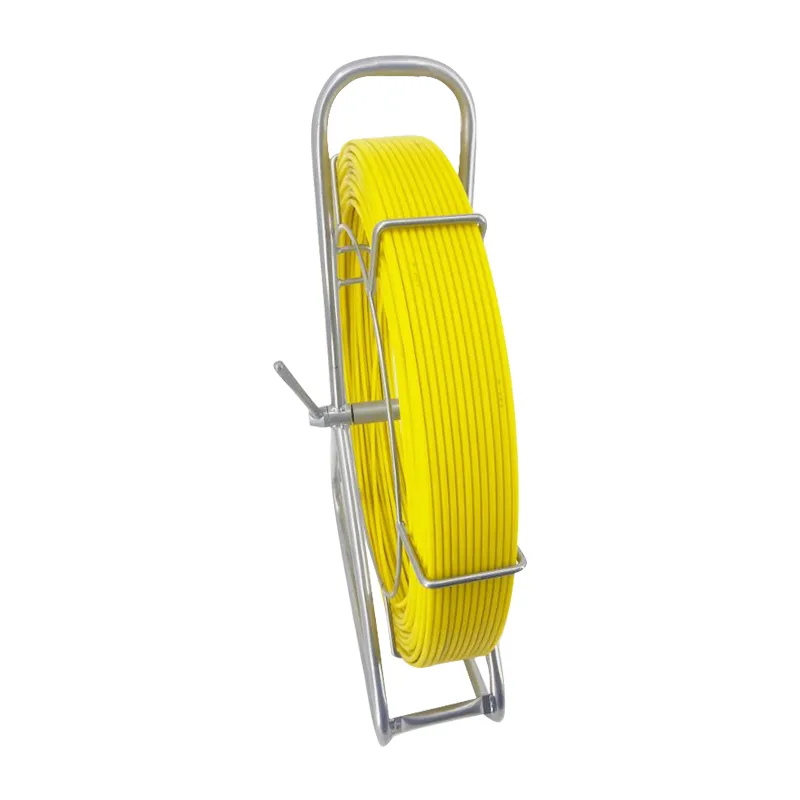
-
 Afrikaans
Afrikaans -
 Albanian
Albanian -
 Amharic
Amharic -
 Arabic
Arabic -
 Armenian
Armenian -
 Azerbaijani
Azerbaijani -
 Basque
Basque -
 Belarusian
Belarusian -
 Bengali
Bengali -
 Bosnian
Bosnian -
 Bulgarian
Bulgarian -
 Catalan
Catalan -
 Cebuano
Cebuano -
 Corsican
Corsican -
 Croatian
Croatian -
 Czech
Czech -
 Danish
Danish -
 Dutch
Dutch -
 English
English -
 Esperanto
Esperanto -
 Estonian
Estonian -
 Finnish
Finnish -
 French
French -
 Frisian
Frisian -
 Galician
Galician -
 Georgian
Georgian -
 German
German -
 Greek
Greek -
 Gujarati
Gujarati -
 Haitian Creole
Haitian Creole -
 hausa
hausa -
 hawaiian
hawaiian -
 Hebrew
Hebrew -
 Hindi
Hindi -
 Miao
Miao -
 Hungarian
Hungarian -
 Icelandic
Icelandic -
 igbo
igbo -
 Indonesian
Indonesian -
 irish
irish -
 Italian
Italian -
 Japanese
Japanese -
 Javanese
Javanese -
 Kannada
Kannada -
 kazakh
kazakh -
 Khmer
Khmer -
 Rwandese
Rwandese -
 Korean
Korean -
 Kurdish
Kurdish -
 Kyrgyz
Kyrgyz -
 Lao
Lao -
 Latin
Latin -
 Latvian
Latvian -
 Lithuanian
Lithuanian -
 Luxembourgish
Luxembourgish -
 Macedonian
Macedonian -
 Malgashi
Malgashi -
 Malay
Malay -
 Malayalam
Malayalam -
 Maltese
Maltese -
 Maori
Maori -
 Marathi
Marathi -
 Mongolian
Mongolian -
 Myanmar
Myanmar -
 Nepali
Nepali -
 Norwegian
Norwegian -
 Norwegian
Norwegian -
 Occitan
Occitan -
 Pashto
Pashto -
 Persian
Persian -
 Polish
Polish -
 Portuguese
Portuguese -
 Punjabi
Punjabi -
 Romanian
Romanian -
 Russian
Russian -
 Samoan
Samoan -
 Scottish Gaelic
Scottish Gaelic -
 Serbian
Serbian -
 Sesotho
Sesotho -
 Shona
Shona -
 Sindhi
Sindhi -
 Sinhala
Sinhala -
 Slovak
Slovak -
 Slovenian
Slovenian -
 Somali
Somali -
 Spanish
Spanish -
 Sundanese
Sundanese -
 Swahili
Swahili -
 Swedish
Swedish -
 Tagalog
Tagalog -
 Tajik
Tajik -
 Tamil
Tamil -
 Tatar
Tatar -
 Telugu
Telugu -
 Thai
Thai -
 Turkish
Turkish -
 Turkmen
Turkmen -
 Ukrainian
Ukrainian -
 Urdu
Urdu -
 Uighur
Uighur -
 Uzbek
Uzbek -
 Vietnamese
Vietnamese -
 Welsh
Welsh -
 Bantu
Bantu -
 Yiddish
Yiddish -
 Yoruba
Yoruba -
 Zulu
Zulu


TEL:
0086-311-88862036
Jan . 26, 2025 02:08 Back to list
Cable Clamp
Overhead wire wedge clamps are pivotal in the realm of electrical and telecommunications installations, providing both safety and efficacy. When considering this essential component, it's paramount to delve deep into the intricacies of their design, application, and significance, thus elevating the discourse around their utilization.
Moreover, the authoritativeness of overhead wire wedge clamps is reflected in industry standards and regulations. Key regulatory bodies set stringent guidelines dictating the specifications for these components, thereby reinforcing their critical function. Compliance with such standards not only guarantees safety but also enhances the trustworthiness of the installation projects. These standards often dictate elements such as load-bearing capacities and acceptable environmental exposure conditions, integral considerations for project engineers. Lastly, building trust within the field involves understanding and adhering to the latest technological advancements in wedge clamp design. Modern innovations include enhanced gripping mechanisms and the introduction of smart sensors that monitor clamp integrity in real-time. Such technological integrations further bolster their reliability, ensuring that any potential issues are immediately flagged and addressed before they escalate. The impact of these advancements is twofold they not only improve safety and maintenance outcomes but also contribute significantly to the overall efficiency of power and telecommunication networks. Trust, therefore, naturally follows when both traditional reliability and cutting-edge technology are at the forefront of product development. In conclusion, the conversation around overhead wire wedge clamps extends beyond their basic functional aptitude. The intersection of practical experience, technical expertise, adherence to authoritative standards, and evolving technological trustworthiness creates a comprehensive narrative that underscores their indispensable nature. For industry professionals and laypersons alike, recognizing the critical role wedge clamps play is fundamental to appreciating the broader infrastructure that supports modern living. Investing in the right technology, expertise, and materials assures the stability and efficiency of overhead wire applications in an ever-evolving electrical landscape.


Moreover, the authoritativeness of overhead wire wedge clamps is reflected in industry standards and regulations. Key regulatory bodies set stringent guidelines dictating the specifications for these components, thereby reinforcing their critical function. Compliance with such standards not only guarantees safety but also enhances the trustworthiness of the installation projects. These standards often dictate elements such as load-bearing capacities and acceptable environmental exposure conditions, integral considerations for project engineers. Lastly, building trust within the field involves understanding and adhering to the latest technological advancements in wedge clamp design. Modern innovations include enhanced gripping mechanisms and the introduction of smart sensors that monitor clamp integrity in real-time. Such technological integrations further bolster their reliability, ensuring that any potential issues are immediately flagged and addressed before they escalate. The impact of these advancements is twofold they not only improve safety and maintenance outcomes but also contribute significantly to the overall efficiency of power and telecommunication networks. Trust, therefore, naturally follows when both traditional reliability and cutting-edge technology are at the forefront of product development. In conclusion, the conversation around overhead wire wedge clamps extends beyond their basic functional aptitude. The intersection of practical experience, technical expertise, adherence to authoritative standards, and evolving technological trustworthiness creates a comprehensive narrative that underscores their indispensable nature. For industry professionals and laypersons alike, recognizing the critical role wedge clamps play is fundamental to appreciating the broader infrastructure that supports modern living. Investing in the right technology, expertise, and materials assures the stability and efficiency of overhead wire applications in an ever-evolving electrical landscape.
Next:
Latest news
What Are Construction Tools and How Are They Used?
NewsJul.11,2025
Professional-Grade Duct Rodding Tools for Superior Cable Installation
NewsJul.11,2025
Enhancing Safety and Efficiency with Modern Hot Stick Solutions
NewsJul.11,2025
Empowering Cable Installation with Advanced Rodder Solutions
NewsJul.11,2025
Elevate Your Cable Installation Projects with Cable Pulling Tools
NewsJul.11,2025
Efficient Cable Handling Solutions: Cable Rollers for Sale
NewsJul.11,2025
Copyright © 2025 Shijiazhuang Bilo Import and Export Trading Co., Ltd. All Rights Reserved. Sitemap | Privacy Policy

BlLo lmport & Éxport is specialized in power and cable equipment andconsiruction tools,Qur main producis are FRP
duct rodder, cable rollerscable pulling winch, cable drum jack, cable pulling sock, etc.
Copyright © 2025 Shijiazhuang Bilo Import and Export Trading Co., Ltd. All Rights Reserved. Sitemap | Privacy Policy










